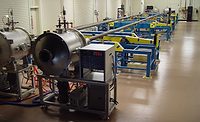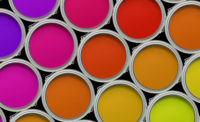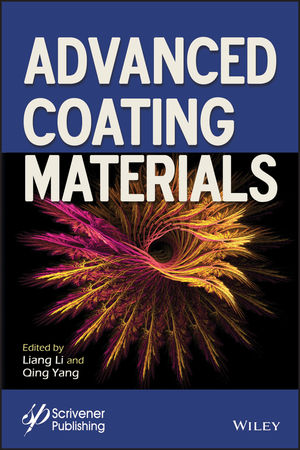Scientists in Australia Develop Robust Superhydrophobic Coating

CANBERRA, Australia - Engineers at The Australian National University (ANU) have developed a new spray-on material with a remarkable ability to repel water.
The new protective coating could eventually be used to waterproof mobile phones, prevent ice from forming on airplanes or protect boat hulls from corroding.
"The surface is a layer of nanoparticles, which water slides off as if it's on a hot barbecue," said PhD student William Wong, from the Nanotechnology Research Laboratory at the ANU Research School of Engineering.
The team created a much more robust coating than previous materials by combining two plastics, one tough and one flexible.
"It's like two interwoven fishing nets, made of different materials," said Wong.
The water-repellent or superhydrophobic coating is also transparent and extremely resistant to ultraviolet radiation.
Associate Professor Antonio Tricoli, lead researcher and head of the Nanotechnology Research Laboratory, said the new material could change how we interact with liquids. "It will keep skyscraper windows clean and prevent the mirror in the bathroom from fogging up," he said.
"The key innovation is that this transparent coating is able to stabilize very fragile nanomaterials, resulting in ultra-durable nanotextures with numerous real-world applications."
The team developed two ways of creating the material, both of which are cheaper and easier than current manufacturing processes.
One method uses a flame to generate the nanoparticle constituents of the material. For lower temperature applications, the team dissolved the two components in a sprayable form.
In addition to waterproofing, the new ability to control the properties of materials could be applied to a wide range of other coatings, Wong. "A lot of the functional coatings today are very weak, but we will be able to apply the same principles to make robust coatings that are, for example, anti-corrosive, self-cleaning or oil-repellent," he said.
Looking for a reprint of this article?
From high-res PDFs to custom plaques, order your copy today!








